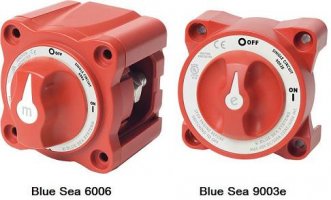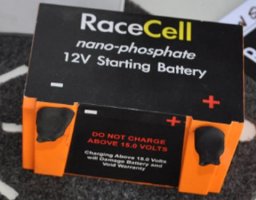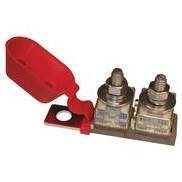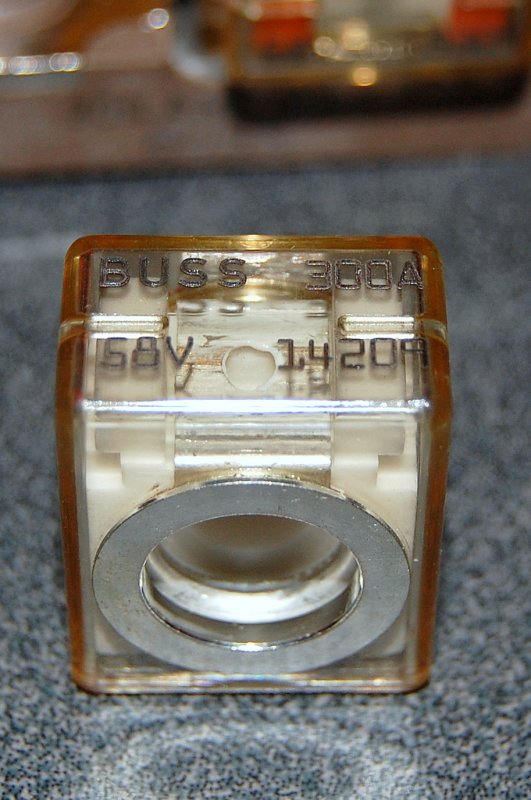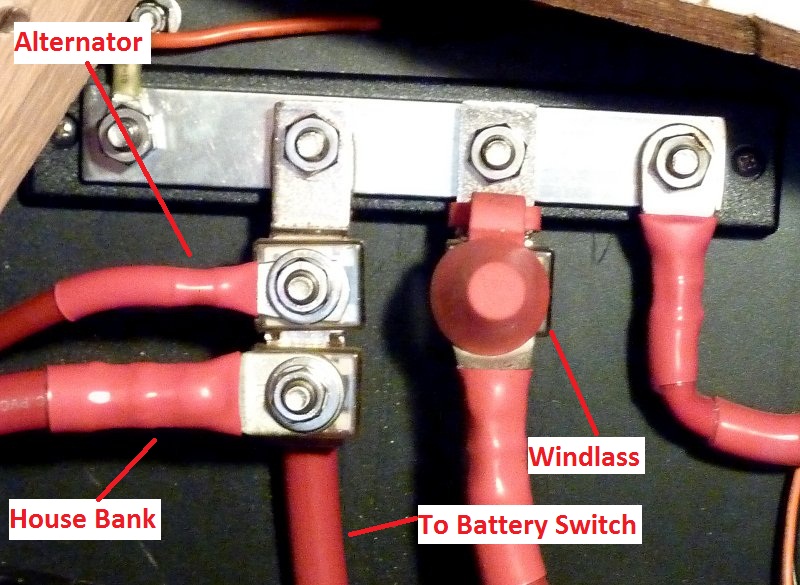Wow, good discussion from all! Just one request from us marine engine techs: Whatever switch method is put in place, make sure it is clearly labeled for each position so anybody can quickly and easily isolate the battery....... For repair work or an emergency.
Chris
Flight Risk
Yeah, that's my main concern about the 1/2/B/Off + on/off solution proposed by Maine Sail and Stu. As a defender of manufacturers in product liability lawsuits, I can tell you such a counterintuitive and confusing setup would never survive in the consumer product world--even with detailed labels and directions. The potential to confuse owners is bad enough, but when you introduce guests, service techs, etc., problems will occur.
If people like me want to keep our house and starter circuits separate, yet retain the flexibility to switch the banks that feed those circuits, dual 1/2/B/Off switches are the way to go--one for each circuit. AND, everything needs to be clearly labeled. This adds what?--$10 to the cost? Big whoop.
As for the vehement hatred for the BlueSeas 5511 dual circuit switch being expressed in the links, it is totally misplaced. Personally, I found the switch because I was searching for a device that would do exactly what it does, which is to keep the circuits separate. I was not swayed by any of the advertising that is being maligned. The irony is that it's biggest "danger" is the combine battery setting--WHICH IS ALSO PRESENT IN THE 1/2/B/OFF SWITCHES! And, I think both Stu and Maine Sail admitted that a huge percentage of boats they encounter have their precious 1/2/B/OFF switches improperly set to BOTH! Why vilify the BlueSeas switch, when it sounds like the potential for trouble exists in ALL switches that allow combining of banks?
The BlueSeas Dual Circuit switch lacks one ability that might be nice to have, but I can't imagine myself using it: The ability to switch banks. In the cited examples, the house bank died, and people killed the starter battery by combining. I can't imagine myself ever doing that. If my house bank dies, there is NO WAY IN HELL I'm going to expose my starter battery to whatever problems discharged the house! Why would I? The first thing I would do is inspect the house bank, check for anything drawing current and turn it off or disconnect it, and then start the motor or whatever other charging devices I have, and replenish the house! If that doesn't work, I'll motor or sail wherever I need to go to replace the house batteries! Meanwhile, the alternator will supply enough juice to run whatever I need. If not, I keep handheld backups, and alkaline batteries, for all essential communications and navigation. But why on Earth would I risk discharging the precious starter battery???
I respect the expertise of Maine Sail and Stu, and I value their opinions and appreciate their input. But on this one issue they've taken to the soapbox, I suspect I'm just not smart enough to agree with them.

